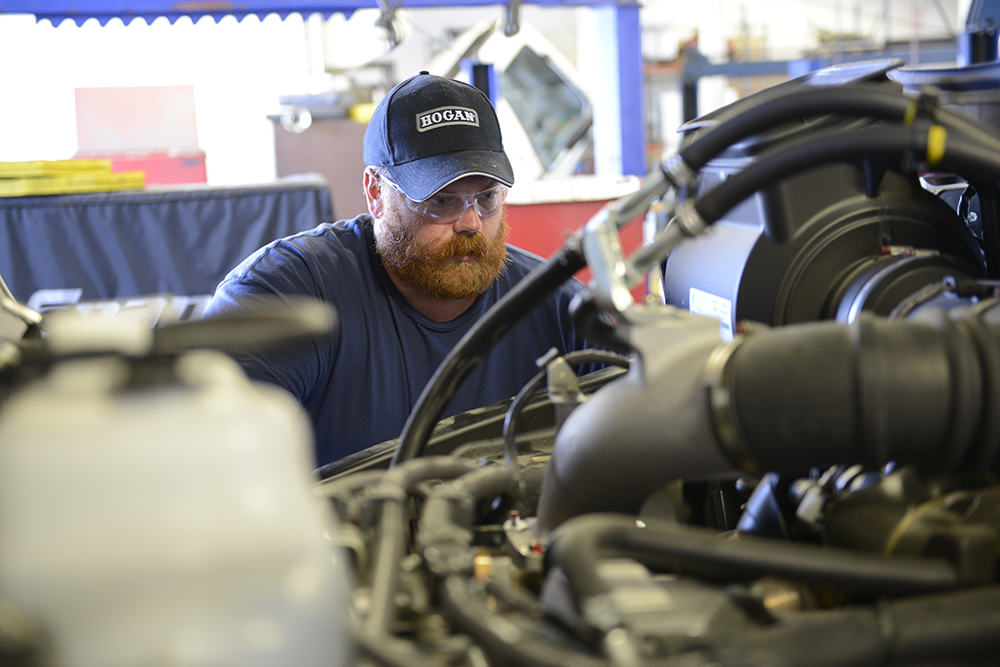Is there a technician shortage or a qualified technician shortage? Today’s truck technology makes this question more pointed than ever.
In the last two weeks, two articles in two trade publications address different parts of the issue as to how technology is impacting the ever-present technician shortage. One of the articles, a commentary piece, “The Enduring Technician Shortage,” appeared in Truckinginfo.com. In this piece, the author notes that he has been hearing these concerns for more than four decades; that is how persistent this problem is. The concern about the impending retirement of aging technicians is the same as we read about regarding the inevitable retirement of aging drivers: Who will replace these people?
The author makes clear that it’s not just a matter of numbers … it’s a matter of qualifications. Just filling a slot on the maintenance team is not the answer; the slot must be filled by the most qualified person, someone who knows how to work with today’s trucks and the technology they contain. This leads directly into the second article I read in FleetOwner, “How to keep pace with trucking’s changing technology.”
This article broadly deals with the impact that technology is having overall on the trucking industry and fleets specifically. When it comes to technicians, the article makes clear that fleets need to have technicians who possess the necessary skillsets to work with the constantly changing technology of the vehicles they maintain. The author recommends that, instead of being cautious about technology, fleets must embrace it. But embracing it requires fleets to also implement the necessary training initiatives. For some, that can be on-site classroom-style education; for others, individual online learning is the direction they might take; and other companies may choose to combine the two. Obviously, all will require hands-on learning as well.
The challenge for fleets is that the technology is advancing at a far more rapid pace than anyone had anticipated and that means that fleets have to constantly update the training that they offer. Where, in the past, new technology might require retraining every six months or once a year; today’s ongoing advances, according to the article, may require “major training every three months and [the need] to schedule weekly or monthly continuing training.”
Many older technicians may at first be wary of all the complex, computerized needs of today’s vehicles but they are likely using smartphones and tablets so instructing them on the new technology is something that technicians of any age can do. What is most important is to realize how valuable your existing techs are to your business and making sure that they are able to obtain the new skillsets necessary, regardless of their age.
And that is something that we all need to be aware of in any of the positions that exist in the fleet, from drivers to techs to dispatch to logistics to the back-office functions like procurement, accounts payable, and accounts receivable. For all of these, technology is forcing employees to learn new ways of doing business. The challenge is not only attracting younger people to work in the industry; it is also making the best use of our existing employees and providing the knowledge and training they need to ensure success.





